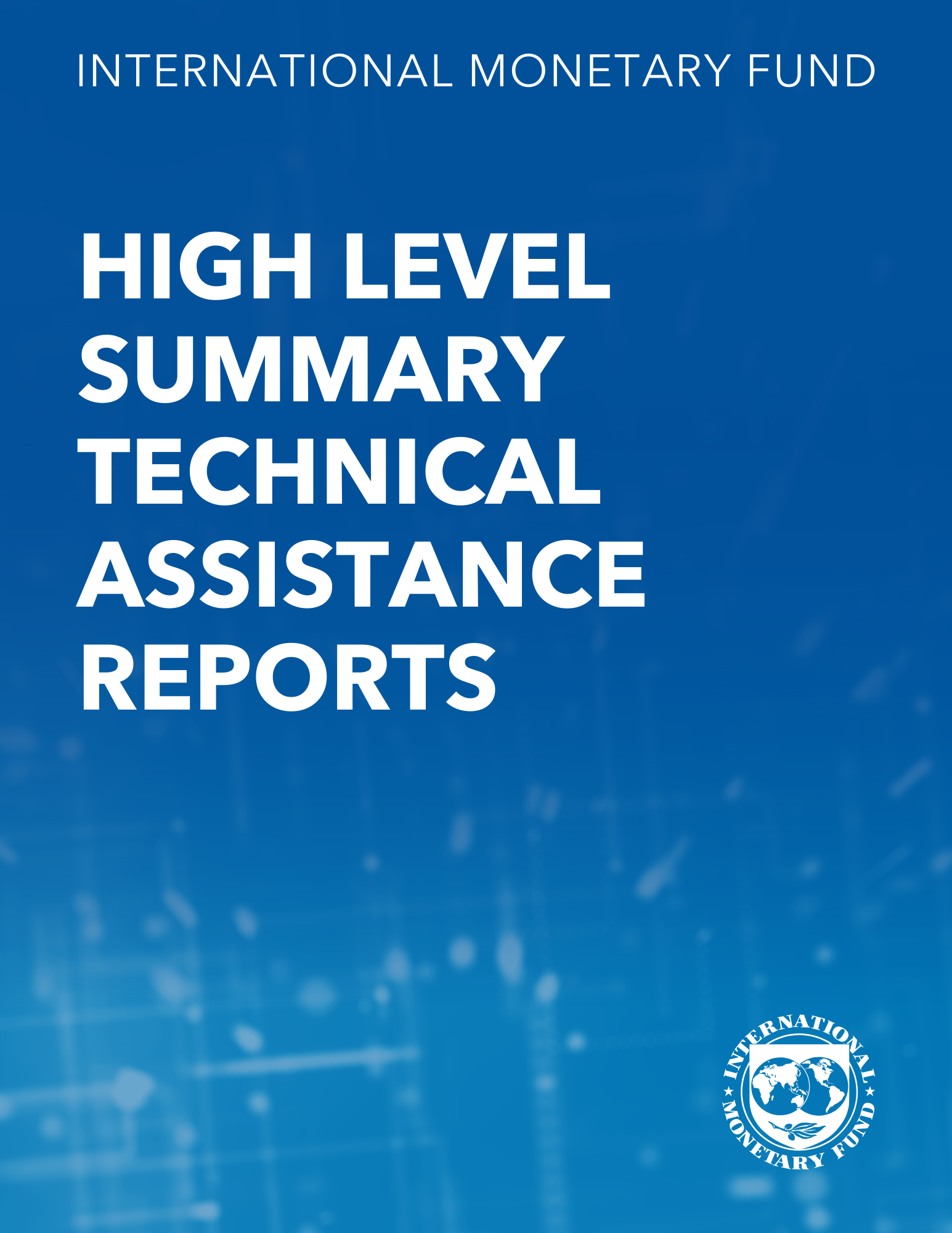Estimating the Demand for Reserve Assets Across Diverse Groups
March 9, 2018
Disclaimer: IMF Working Papers describe research in progress by the author(s) and are published to elicit comments and to encourage debate. The views expressed in IMF Working Papers are those of the author(s) and do not necessarily represent the views of the IMF, its Executive Board, or IMF management.
Summary
Subject: Balance of payments, Capital account, Capital inflows, Central banks, Current account, Exchange rate arrangements, Foreign exchange, Global financial crisis of 2008-2009, Reserves accumulation
Keywords: Capital account, Capital inflows, CCEPMG estimation, CCEPMG regression, central banks, coefficient estimate, country group, Current account, East Asia, emerging market economy, EMs estimation result, EMs subgroup, EMs subgroup sample, exchange rate, Exchange rate arrangements, financial crises, financial crisis, Global, international reserves, Panel data estimation, Reserves accumulation, reserves holding, WP
Pages:
47
Volume:
2018
DOI:
Issue:
047
Series:
Working Paper No. 2018/047
Stock No:
WPIEA2018047
ISBN:
9781484345146
ISSN:
1018-5941






